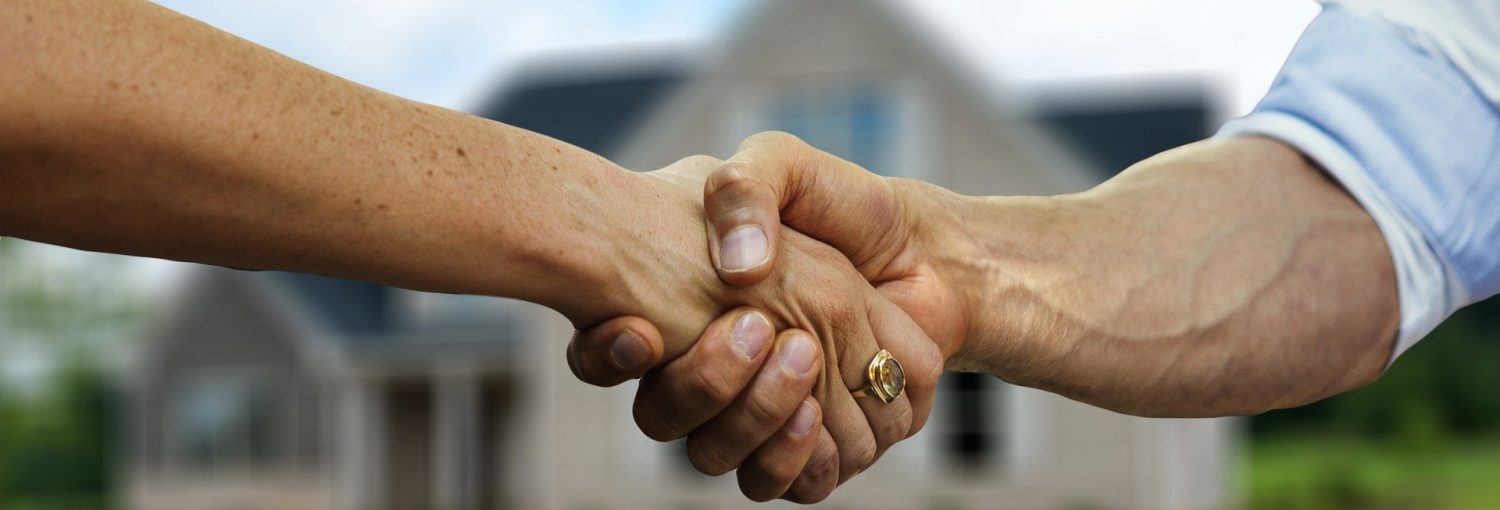Introduction
Framing a new home is a critical and exciting phase in the construction process. The framing stage lays the foundation for your dream house,providing the structural framework upon which all other components are built. In this article,we’ll delve into the intricacies of framing a new home,from planning and materials to the techniques and experts required for the job.
**1. Planning and Design**
Before any physical work begins,careful planning and design are essential. This stage involves working with architects and engineers to translate your house plans into detailed blueprints that provide precise measurements,layouts,and load-bearing calculations. The design should consider factors such as layout,style,window and door placement,and any special features you desire.
**2. Choosing Framing Materials**
Framing materials play a significant role in the overall quality and strength of your home’s structure. The two primary options are wood and steel framing:
– **Wood Framing:** This is the most common choice for residential construction,utilizing lumber such as 2×4 or 2×6 wood studs. It’s a versatile and cost-effective option for most home designs.
– **Steel Framing:** Steel framing offers strength,durability,and resistance to pests,but it is typically more expensive than wood framing. It is often used in commercial and high-rise construction but can be an excellent choice for specific residential projects.
**3. The Foundation**
A solid foundation is essential for the structural integrity of your new home. The foundation may be constructed from concrete,concrete blocks,or other suitable materials,depending on local building codes and site conditions. The foundation should be level and properly reinforced to support the weight of the entire structure.
**4. The Frame**
The framing process begins by constructing the house’s skeleton,consisting of walls,floors,and roofs. The key components of framing include:
– **Wall Framing:** Exterior and interior walls are built using a series of vertical wooden or steel studs. These studs form the basis for attaching insulation,electrical wiring,and wall coverings.
– **Floor Framing:** Floor framing consists of joists or trusses that create the framework for the first and second floors. Subflooring material is applied to these framing members to provide a stable walking surface.
– **Roof Framing:** Roof framing involves the construction of rafters or trusses,which support the roof’s structure. The choice between rafters and trusses depends on your design and engineering requirements.
**5. Framing Techniques**
Experienced framers employ various techniques to ensure the frame’s accuracy and structural integrity. Proper measurement,leveling,and the use of plumb bobs and spirit levels are essential. In addition,methods such as balloon framing,platform framing,or advanced techniques like panelized framing may be employed depending on the design and materials used.
**6. The Importance of Bracing**
During framing,temporary bracing is used to stabilize the structure,especially for multistory homes. Bracing ensures that the structure remains secure during construction and while the roof,walls,and floors are attached. It helps to prevent sagging,shifting,or structural issues that can compromise the building’s integrity.
**7. Windows,Doors,and Openings**
Framing includes creating openings for windows,doors,and any other necessary entry points. These openings should be properly measured,reinforced,and framed to ensure they can support the weight of the structure and the elements placed within them.
**8. Insulation and Utility Rough-Ins**
Once the framing is complete,insulation is installed to provide energy efficiency and temperature control. Simultaneously,rough-ins for utilities like electrical wiring,plumbing,and HVAC systems are installed within the walls and floors.
**9. Inspections**
Local building authorities conduct inspections at various stages of the framing process to ensure that the work complies with building codes and safety standards. It’s crucial to address any concerns or necessary corrections promptly. construction loans near me
**10. Closing and Exterior Finishes**
After framing and inspections are completed,the house is ready for the installation of exterior finishes,including siding,roofing,and windows. This phase transforms the house into a weather-tight structure,protecting it from the elements.
**Conclusion**
Framing a new home is a pivotal step in the construction process,shaping the structure and providing the foundation for the entire building. Effective planning,quality materials,expert workmanship,and adherence to local building codes are essential to ensure a structurally sound,durable,and beautiful home. The framing stage sets the stage for the rest of the construction journey,transforming your house plans into a reality.
